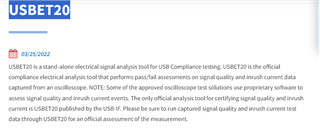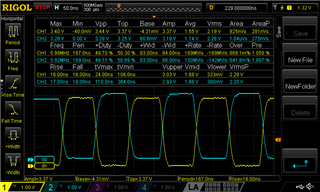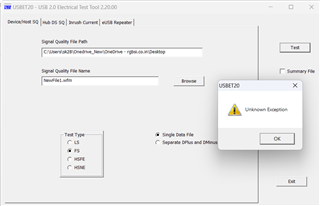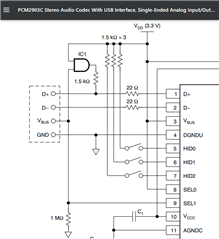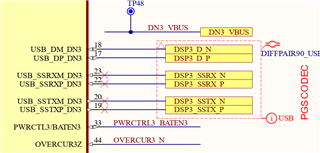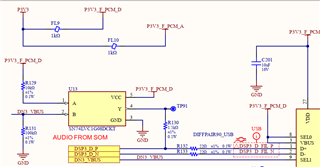We're facing drive strength issue with TUSB8041 connected devices. Nominally, we've followed 9.53k resistor for USB_R1 as per the recommendation.
During debugging, we noticed that USB2.0 downstream ports of TUSB8041 weren't getting detected so we've reduced the value of drive strength configuration resistor from 9.53 to 9.05k. In one of the board, 9.05k resistor also didn't work so we went further till 8.55k resistor & it started working.
We don't have high-end instruments to post figures of measured eye height so we're suspecting following points:
1. The dielectric material's dissipation factor impact on drive strength but at USB2.0 speeds(~12Mbps) it shouldn't impact right?
2. tightly coupled differential lines impacting rise time degradation?
The stackup information is in the below figure(B4SM-> Before stackup modification). The traces are mainly on the top & bottom layers
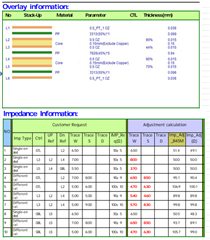
What could be the main factors which affects drive strength? -> www.ti.com/.../slla429.pdf


